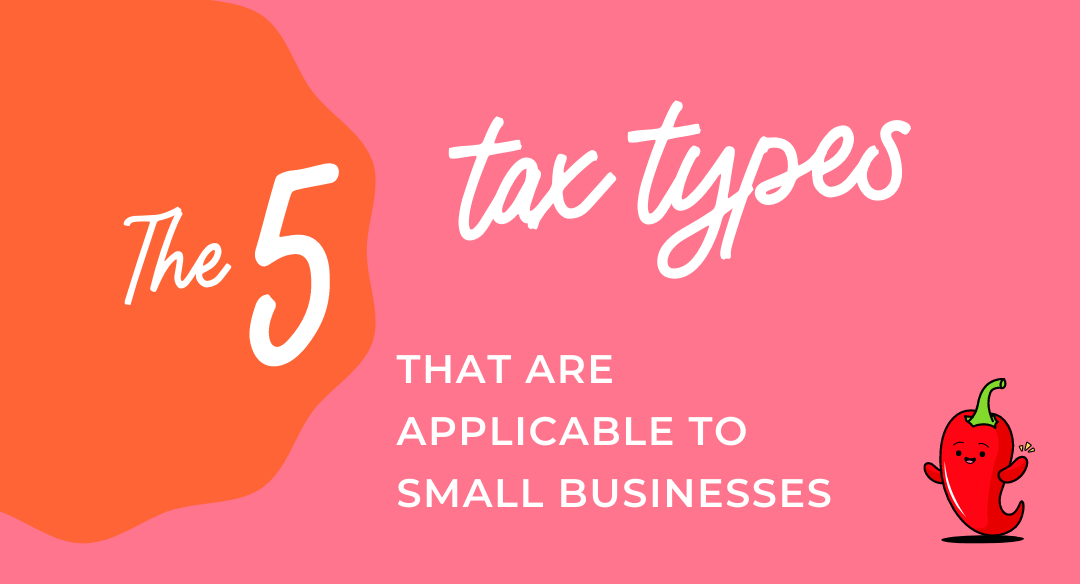The various taxes for a business can be confusing. Especially if you are doing your bookkeeping yourself.
These are the 5 main ways you will be confronted by taxes in your small business and how and when payment takes effect.
GST (Goods & Services tax)
If you are unsure if GST applies to you click here to review our post about GST and the threshold. If you are required to pay GST you need to pay 10% of taxable goods or services to the ATO (Australian Taxation Office). You will need to add 10% onto your sales in order that you are not out of pocket. This will be offset with the 10% you have paid on purchases as expenses to your business and the net amount is what is paid over to the ATO.
PAYG Withholding
As a business, you need to withhold tax from certain payments made to others. These payments include:
- Payments to employees, company directors and office holder
- Payments to workers under a labour-hire agreements
- Payments under voluntary agreement
Business Income Tax
You must report any withheld amounts in the PAYG tax withheld section of your business activity statement (BAS), and pay all withheld amounts to the ATO.
Small businesses will also have income tax obligations where they pay a percentage of income in addition to the GST and other things on the BAS. Your obligations here will depend on the company structure and whether you are a sole trader or actually own a company.
- Sole traders. This is when you run the business. You have no business income tax obligations and your tax comes out of your personal income tax.
- Company owners. This is when you operate a company as a separate legal entity. For the 2020/2021 financial year, small business income tax rates are 26% for companies qualifying as small business and you need to pay this annually at tax time. This is separate from the BAS. To qualify as a small business, companies need to have an annual aggregate turnover of less than $50 million.
Fringe Benefits Tax
A fringe benefit is a ‘payment’ to an employee, but in a different form to salary or wages. Examples of FBT are:
- allowing an employee to use a work car for private purposes
- giving an employee a discounted loan
- paying an employee’s gym membership
- providing entertainment by way of free tickets to concerts
- reimbursing an expense incurred by an employee, such as school fees
- giving benefits under a salary sacrifice arrangement with an employee.
Employers can generally claim an income tax deduction for the cost of providing fringe benefits and for the FBT they pay. Employers can also generally claim GST credits for items provided as fringe benefits.
Payroll Tax
Payroll tax is a self-assessed, general purpose state and territory tax assessed on wages paid or payable by an employer to its employees, when the total wage bill of an employer (or group of employers) exceeds a threshold amount.


0 Comments